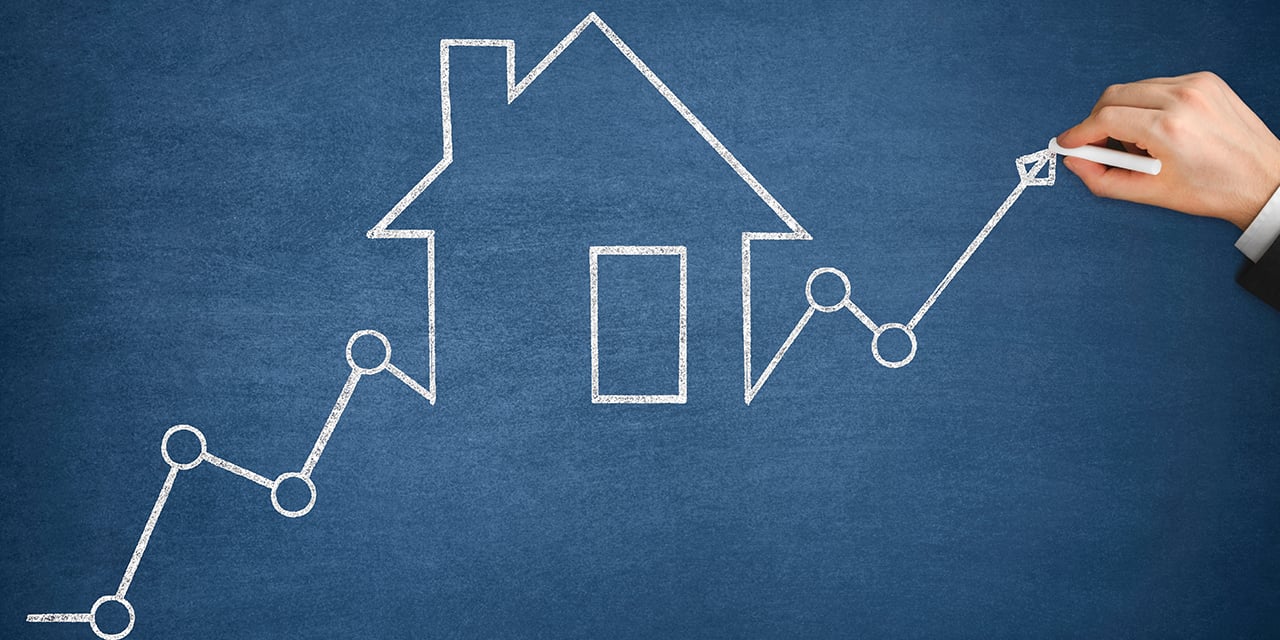
Buying or Leasing in 2022: What You Need To Know
How supply chain shortages have reshaped the auto industry as well as the “buy or lease” conversation
In “Should You Buy or Lease Your Next Car?”, we discussed the four questions you should ask yourself before heading to your virtual or brick-and-mortar car dealership and signing on the dotted line. But in a period of skyrocketing car prices and lower inventory, right now there’s a lot more that needs to go into the equation. Here’s what else you need to know before making this important decision.
Supply Chain Failures Have Disrupted the Auto Industry
It used to be you could go to your local car dealership, select the make and model with all the features you want and drive it off the lot. But the pandemic has upended the auto industry in ways never before imagined. Consider this timeline since COVID’s early stages:
- In early 2020, when the health crisis first took hold, car manufacturing – like a lot of industries – shut down over concerns that consumers would delay making any major purchases. Consumers stopped buying cars, and auto plants canceled orders for parts.
- By summer, consumer demand unexpectedly rebounded, and the auto industry scrambled to accommodate unforeseen demand.
- By late 2020, a global shortage of semiconductors hit just as automakers were ready to ramp up production.
- Six months later, the semiconductor shortage really took hold, and new car production fell by roughly one-third from pre-pandemic levels.
- The Russia–Ukraine conflict in early 2022 jeopardized (and continues to jeopardize) the production of new cars. Russia produces 40% of the world’s supply of palladium, a precious metal used in the production of catalytic converters – if Russia decides to restrict palladium sales in response to international pressure to end the conflict, new car production could slow even further.
Meanwhile, inflation started to make consumer goods much more expensive – rising 8.5% since March 2021, the largest 12-month increase since 1981. As a result, the price for the average new car jumped $6,000 since 2020 (now topping $47,000), while that for used cars jumped by 35% over the past year. And experts predict it might be 1–2 years – or longer – before prices return to pre-pandemic levels.
So how does this new economic landscape impact your decision to buy or lease your next car?
If You’re Thinking About Buying
As with many large purchases, you don’t always get to choose when the time is right to purchase a car. It’s often precipitated by a life event not under your control – an old car that needs replacing, a new job requiring a longer commute or the additional capabilities of a truck or van, a family that suddenly has more drivers than cars or more kids than seats. So perhaps the first consideration is if you need to buy a car now or if you can wait until supply increases and prices come down.
Perhaps in response to the spike in new and used car prices, dealers have started to offer longer financing deals to qualified buyers, with some loans lasting 72 or even 84 months. Extending the loan’s maturity date should be considered a last resort: While it can make for a more affordable monthly payment, it also adds to the total interest you’d pay over the life of the financing. Especially in periods of high inflation, it’s prudent to avoid taking on more car, more features or more debt than you need.
More importantly, you could run the risk of locking in an inflated value of your car for a longer period of time. As an example, consider a car that cost $40,000 before the pandemic but costs $50,000 today, during a period of heightened inflation. If two years into your loan that $50,000 reverts to its original $40,000 appraisal, you could find yourself underwater, owing more than the car is worth. That won’t matter if you’re keeping the car for the long haul, but if you’re looking to sell, you might find you’re getting offers for far less than what you still owe, and trading your car in could become longer and more expensive.
If You’re Thinking About Leasing
Just as lower inventory means fewer cars to buy, it also means fewer cars to lease. That reduction in inventory, coupled with a greater demand from consumers turned off by today’s sticker prices, has driven up the cost of leasing, undercutting one of its biggest perks – the potential to drive a nicer car with less money.
It has also resulted in fewer incentives, rebates or discounts from dealers. Research by WalletHub.com found that in the first three months of 2022, the average interest rate when leasing a car was more than double the interest rate when financing, 5.36% vs. 2.65%. That additional interest often resulted in the cost of leasing to equal or even surpass the cost of financing.
That said, the particulars of financing or leasing deals in your area matters. With a good deal on a lease, you could potentially ride out this period of inflated car prices, allowing you to delay your decision to buy a car until such time when car prices fall back to more historical norms. (This is especially true for electric or hybrid vehicles, the technology for which is advancing so rapidly that you might have greater supply and better tech three or four years down the line.) Just know that your car’s buyout value – how much the car will cost you if you wanted to buy at the end of the lease – will be based on today’s inflated prices.
A Silver Lining for Those Already Leasing
There’s also an unexpected benefit for those currently leasing. If you started your lease before the pandemic, you and your car dealer agreed to a buyout value that likely is thousands of dollars below what it would sell for right now. That means you have the option to purchase your car at the end of the lease for much less than the dealer could get for it otherwise. Whether you flip it back to the dealer for a profit or just take advantage of the discount, you could be in the enviable position of having a traditionally depreciating asset boost your bottom line.
It’s important to remember that while inflation and chip shortages are not under your control, how you respond to them is. We can help you make this decision in the context of your broader finances so that when it comes to your financial future, you stay firmly in the driver’s seat.
The information reflected on this page are Baird expert opinions today and are subject to change. The information provided here has not taken into consideration the investment goals or needs of any specific investor and investors should not make any investment decisions based solely on this information. Past performance is not a guarantee of future results. All investments have some level of risk, and investors have different time horizons, goals and risk tolerances, so speak to your Baird Financial Advisor before taking action.


